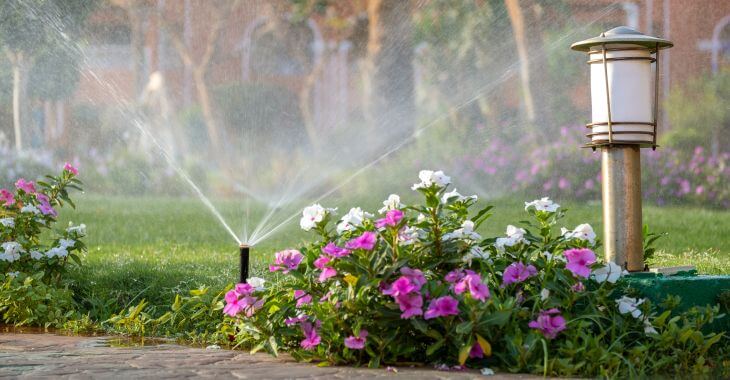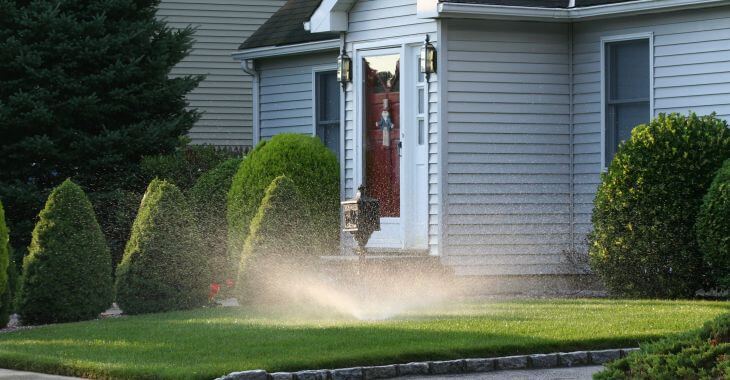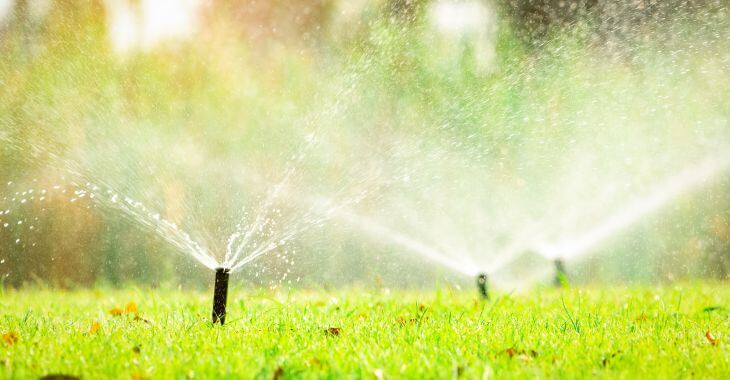What Is a Backflow Preventer? Do I Need One?

If you have a sprinkler or irrigation system that is connected to a public water system, you should know about irrigation backflow preventers. Depending on where you live, it may be required to add a backflow irrigation device to prevent contamination of the public water supply. What is a backflow preventer, and should you have one installed on your irrigation system? Here is what you need to know about these devices and who should talk to their landscaper about installing one on their sprinkler system.
What Is the Purpose of a Backflow Preventer?
Irrigation systems that use water from a potable or drinkable source should include an irrigation backflow preventer. This is a plumbing fixture that allows water to only go one way through a pipe – it cannot travel back the way that it came in. What is the purpose of a backflow preventer? The main purpose is to prevent water exposed to toxins in the soil to backflow into the potable or drinkable water supply.
Irrigation systems tend to have underground pipes that are surrounded by chemicals that are added to the soil to create the desired lawn. Fertilizers, weed killers and other chemicals are commonly found in the soil, as well as bacteria from pet feces and other sources. When water is released from irrigation systems, it is possible that water from the ground can find its way back into the pipes. It is important to prevent this contaminated water from traveling back to the water supply.
How Does a Backflow Preventer Work?
There are different types of irrigation backflow preventer options, but they all offer similar effects. The goal is to create a one-way path for water to flow into your irrigation system but keep all water from flowing backward through the pipes. Some basic backflow devices are simple valves – while these are less expensive, they are also less reliable. For higher pressure systems, a backflow prevention system may be required that uses vacuum pressure to prevent water backflow.
Backflow occurs when pressure drops from the water supply. Normally, the water pressure is pushing toward the irrigation system, but there are times when this pressure drops. This can cause a suction that pulls water into the pipe and toward the water source. When the water utility company shuts the water supply down to fix a pipe or other changes in pressure occur, contaminated water from your yard can be pulled into the irrigation system. This is when a backflow preventer is needed to stop the toxic water from traveling to the potable water.
Who Needs a Backflow Preventer?
Anyone who has an irrigation or sprinkler system that receives water from a potable source should have a device to prevent backflow. This could be a private well or public water supply. Potable water is drinkable water – there are many toxins in a lawn that can make humans and animals sick if they drink them. Some toxins may even be fatal, which is why most regions have health codes and laws concerning backflow prevention devices.
If you are connected to a public water supply, there may be laws in place regarding using a backflow preventer on irrigation systems. You can contact your local health department to learn more about what types of irrigation backflow devices are required for residential and commercial sprinkler systems. Most commercial systems will need a reduced pressure-type backflow preventer (RP unit) due to the higher risks. Residential systems can possibly use a double check type backflow preventer (DC unit).
How to Install a Backflow Prevention Device
There are very specific ways to install a backflow preventer. Irrigation systems may need a device on each control valve, or you may only need one on the main water valve. If the device is not installed correctly, it may not meet the health codes in your area and may still put the potable water supply at risk of contamination. Since these devices do require an investment, you want to ensure you install the right equipment and that it is working correctly.

Many landscaping companies install and maintain irrigation systems, including installing RP or DC units. A professional installer should know the local codes and best type of devices to use for your system. Investing in a professional installation is worthwhile to avoid fines and to ensure your family and neighbors are protected from toxic water contamination.
Most private and commercial property owners that have an irrigation system connected to a potable water supply need a backflow preventer. Want to learn more about what is the purpose of a backflow preventer? Find out which backflow preventer you need by talking to a local landscape company that provides sprinkler installation. Your landscaper can inspect your irrigation system and recommend the right backflow device for your needs.
